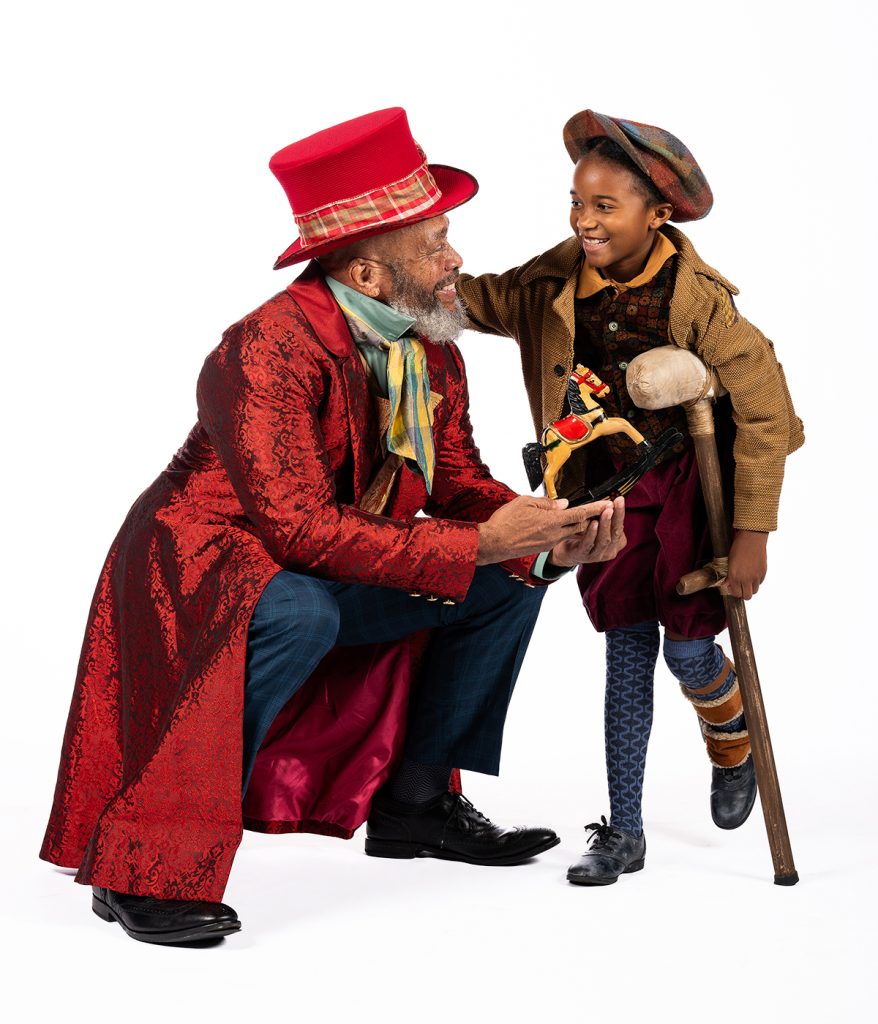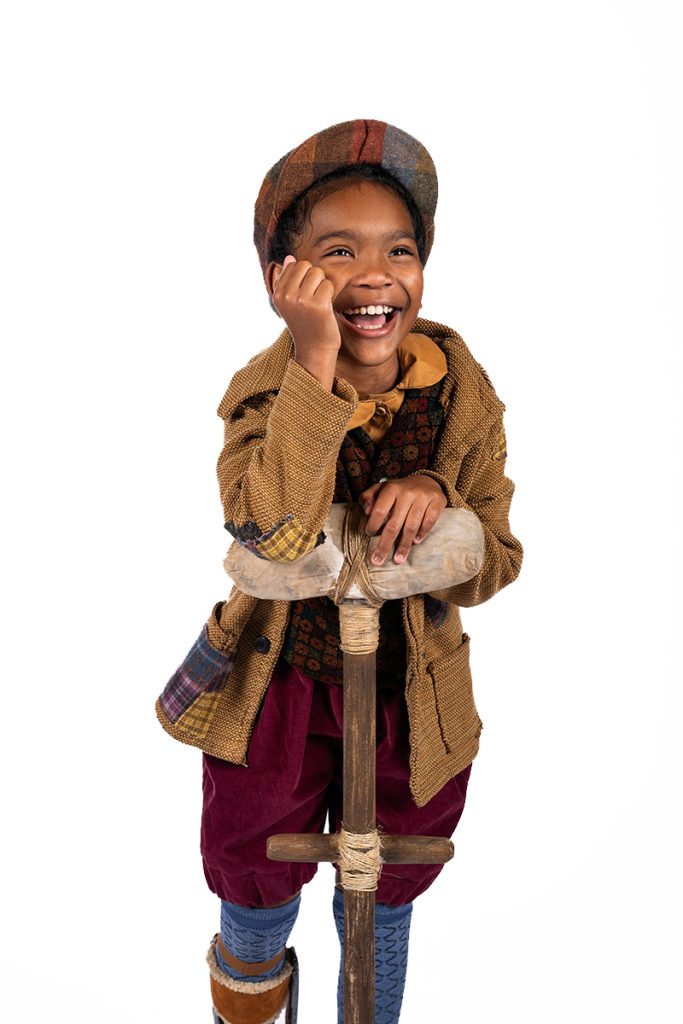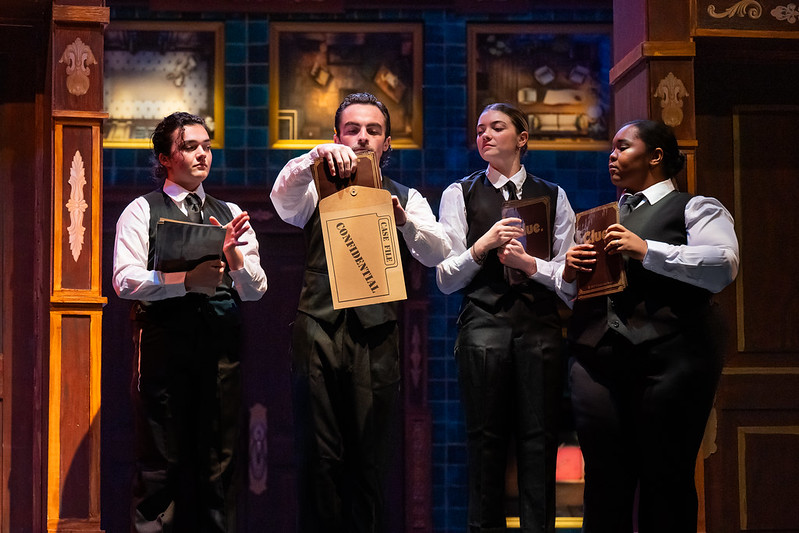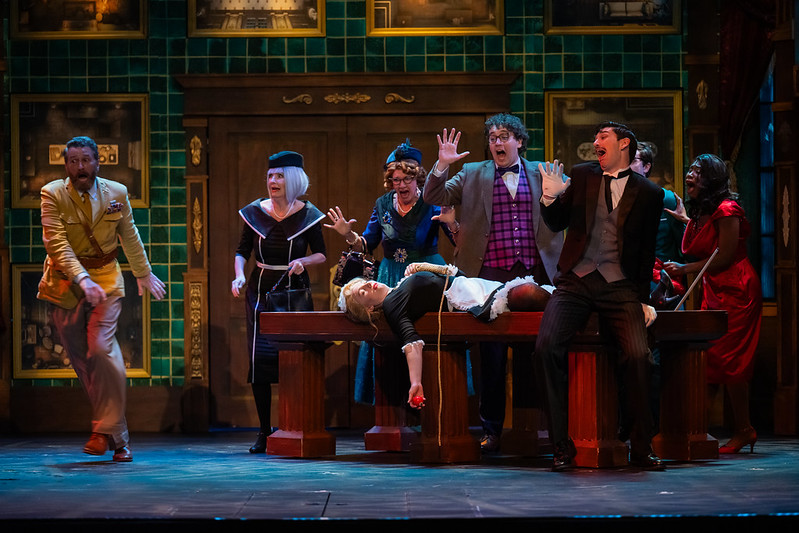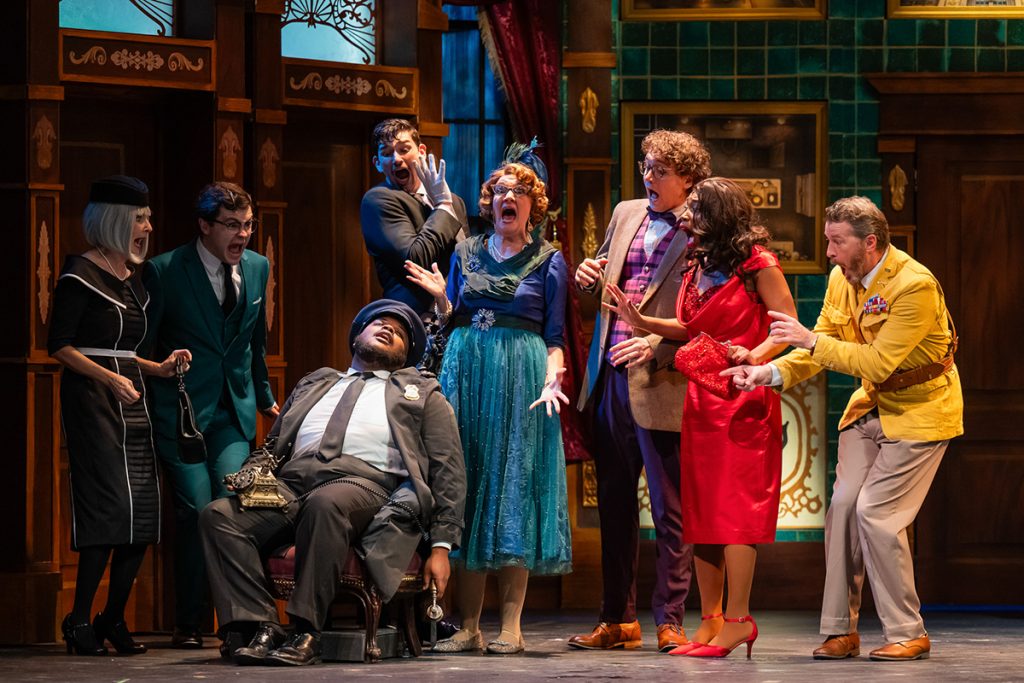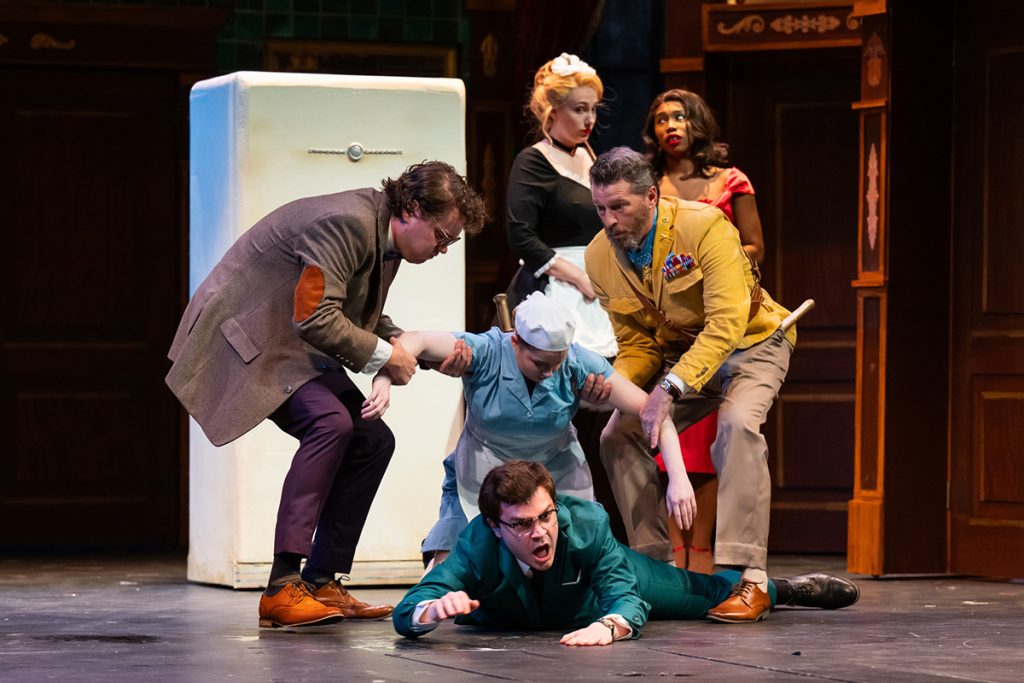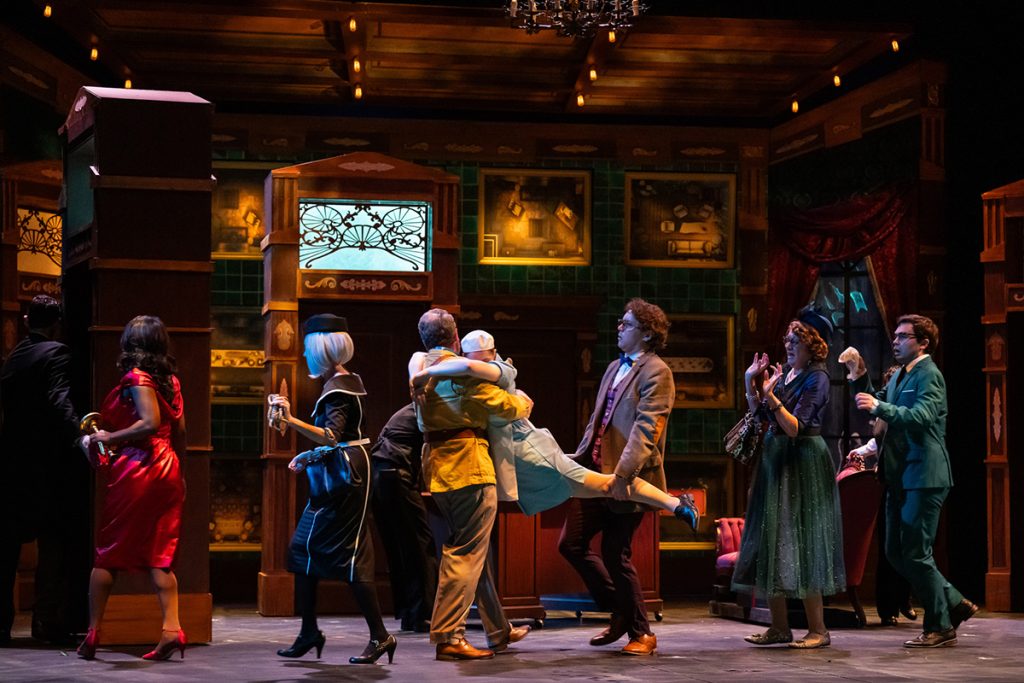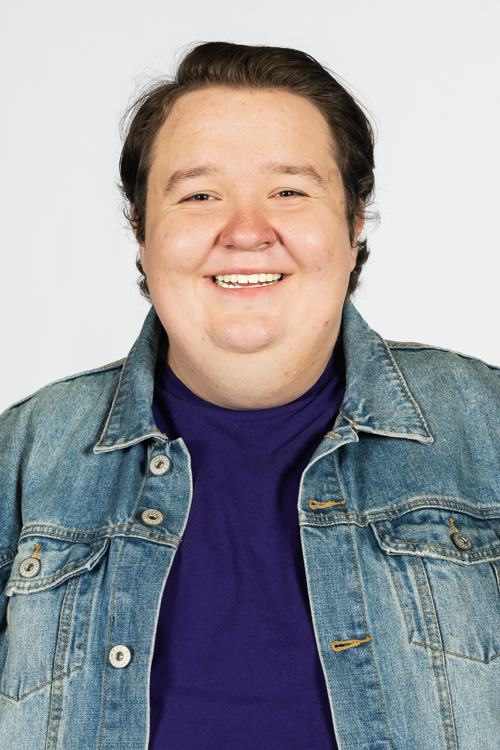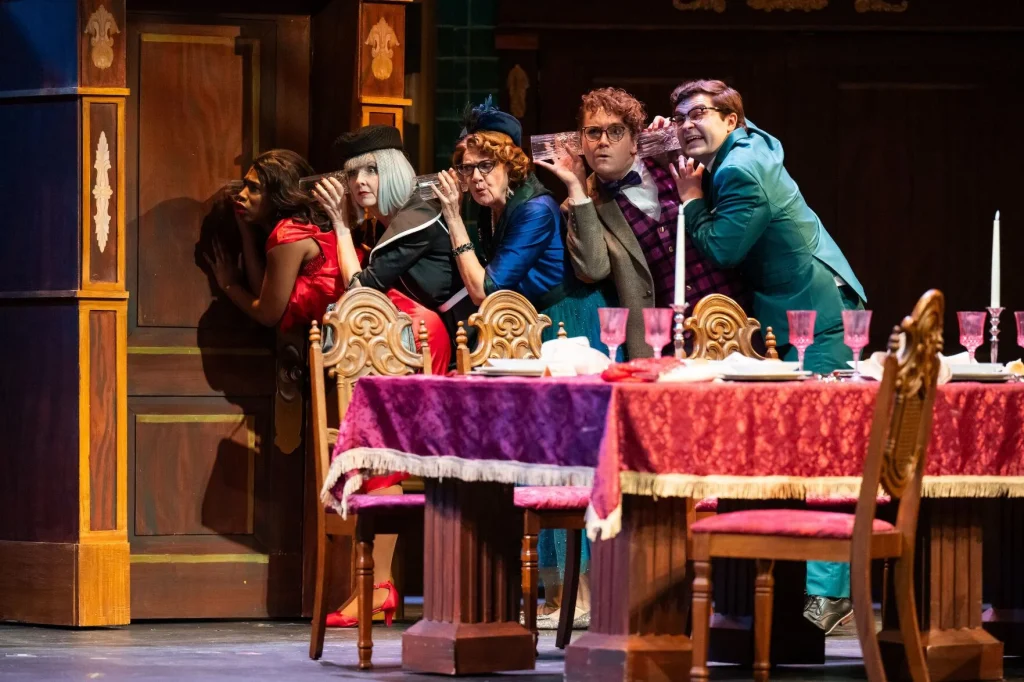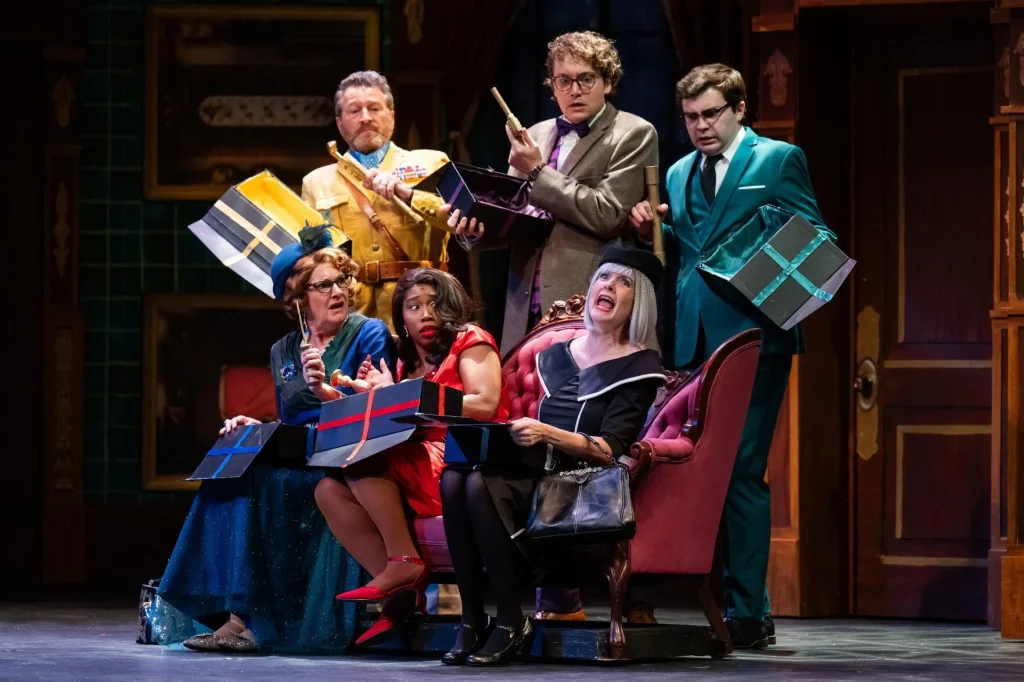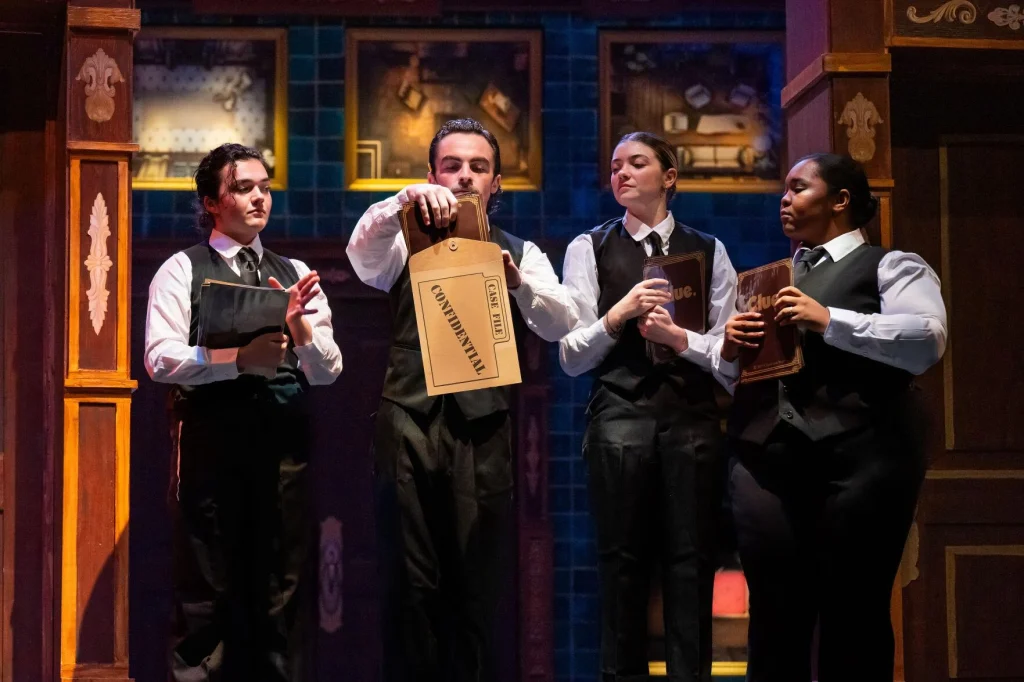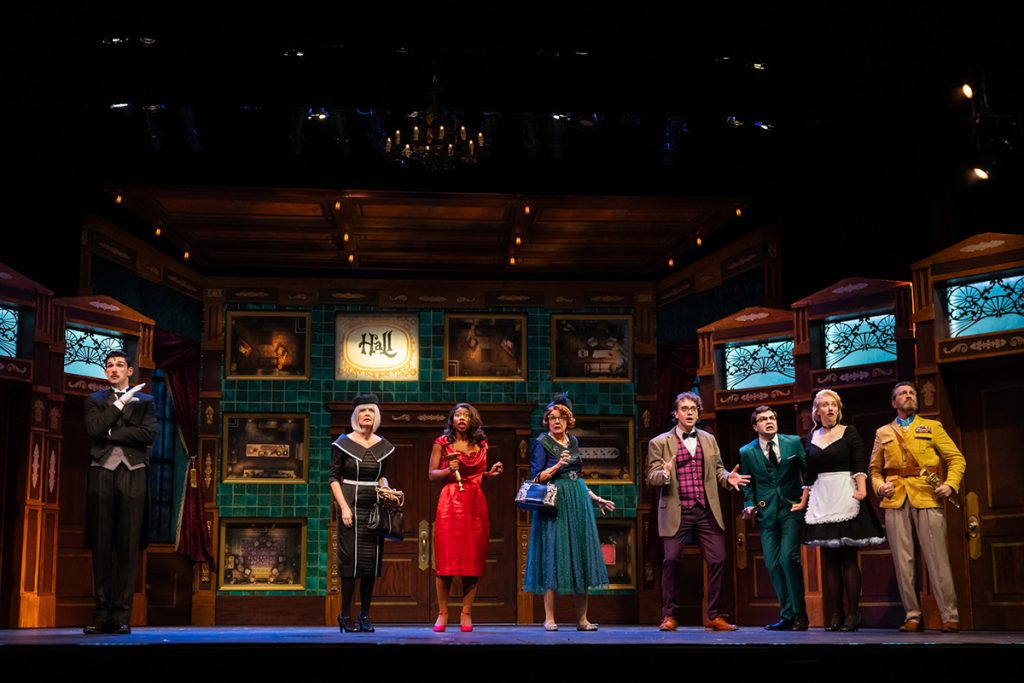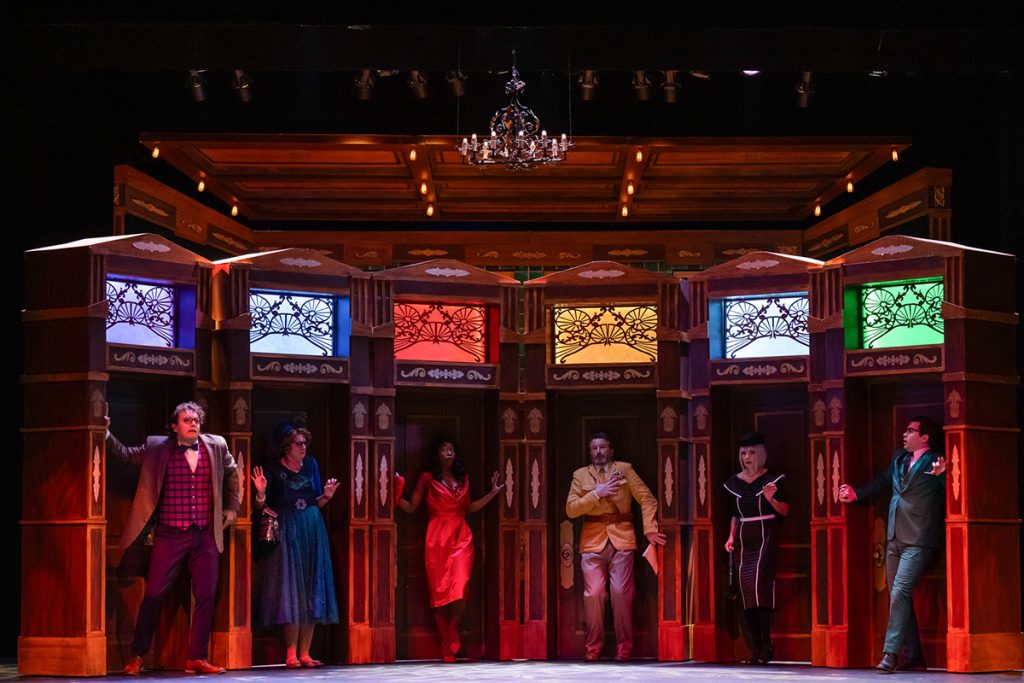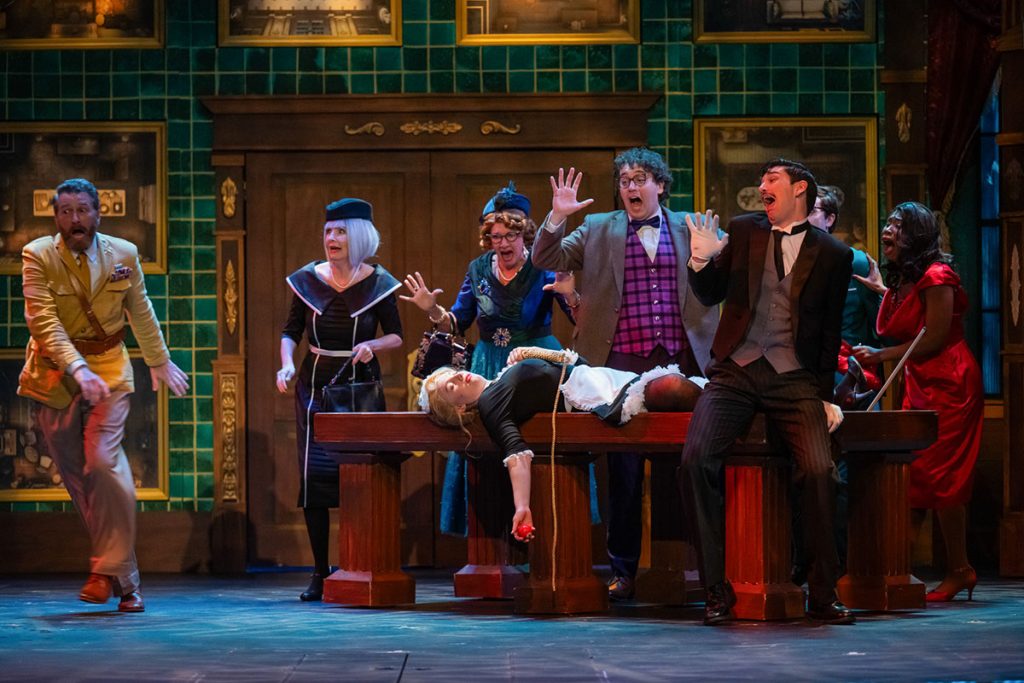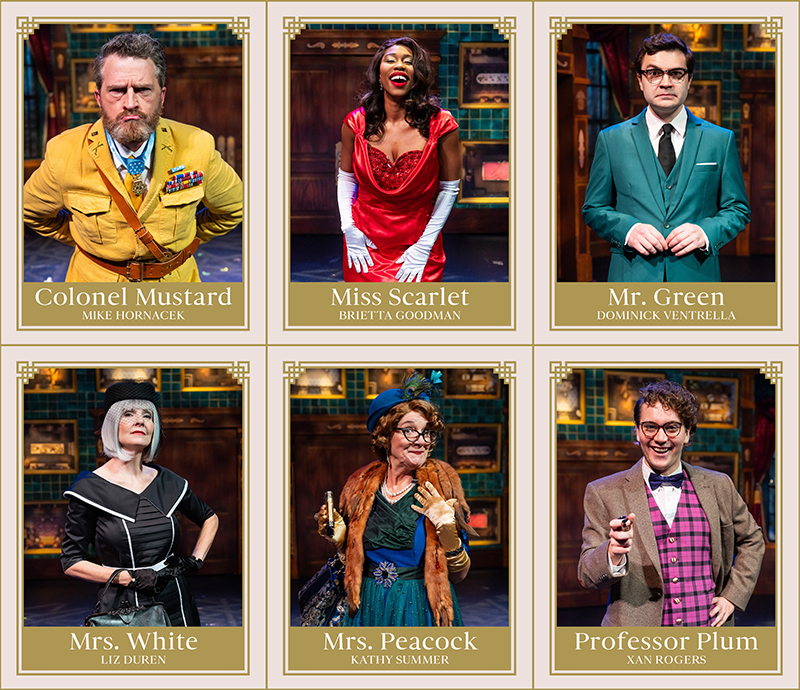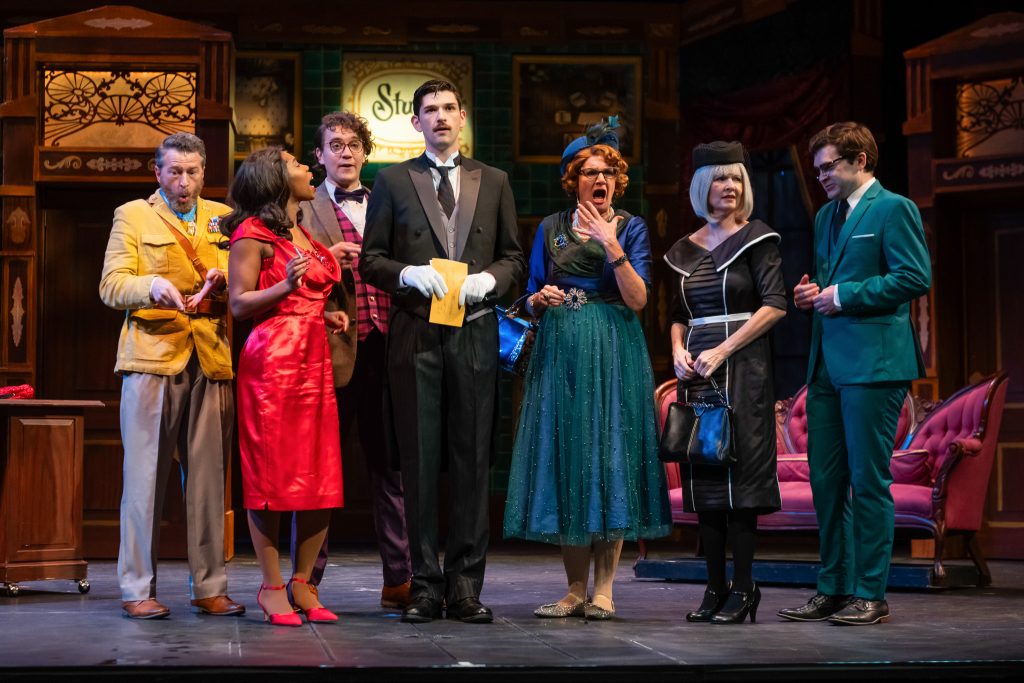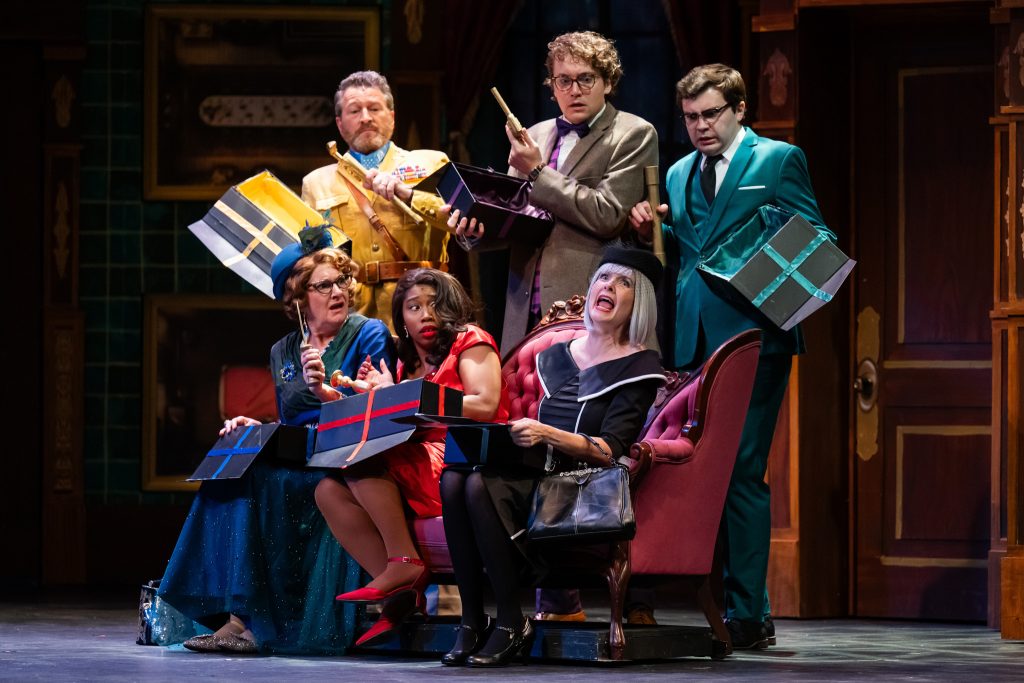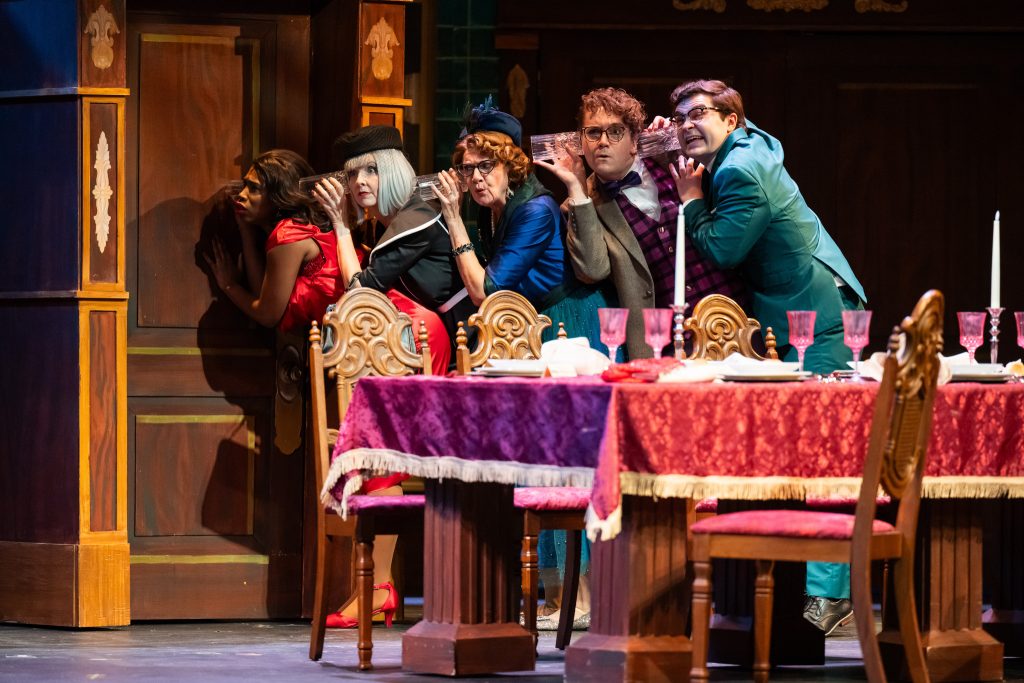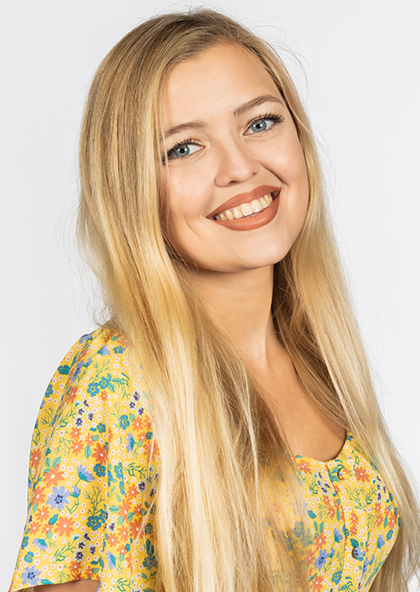In our exclusive interview, Janine McCabe, our Original Costume Designer for A CHRISTMAS CAROL, delves into the fascinating details of her artistic approach last season to crafting the costumes for this timeless classic. We’re very excited that Janine’s work will once again be a major highlight on stage in this season’s adaptation!
1) To start, could you introduce yourself and share a bit about your background as a costume designer, especially in the context of theatrical productions?
Hi. My name is Janine McCabe and I have worked as a costume designer for over 25 years. After considering engineering and math careers, I eventually found my way into theatre through a work study job sewing in the costumes shop at the College of Charleston. After completing my BA in Theatre with a concentration in Costume Design, I went on to the University of Virginia for an MFA in Costume Design and then moved to NYC where I worked for designers including Martin Pakledinaz, who was an incredible designer and mentor. In NYC I was able to work on Broadway, Off-Broadway, Opera, Dance and travel around the country to help check costumes when putting new actors into roles on National Tours like Thoroughly Modern Millie. NYC was an incredible working and learning experience and has definitely informed every aspect of my career as a designer and as a professor of costume design.
2) What attracted you to work on the costumes for A CHRISTMAS CAROL, and how do you personally connect with the themes and characters of this classic story?
The first thing that attracted me to the work for A CHRISTMAS CAROL was the excitement that Julian Wiles presented when he asked me to work on it with him and the team. His idea to bring color and energy and present the story in a way people hadn’t seen before was attractive to me. Julian and I had worked together before and he knew that I love to work with bold colors and to vear outside the lines of what is expected. Having a young son and other family getting older, I find myself drawn into the themes of generosity, compassion and time with family and friends over work and money more than ever. The struggles the characters face in this classic story exist today so there is much to learn and be reminded of at any age from this story.
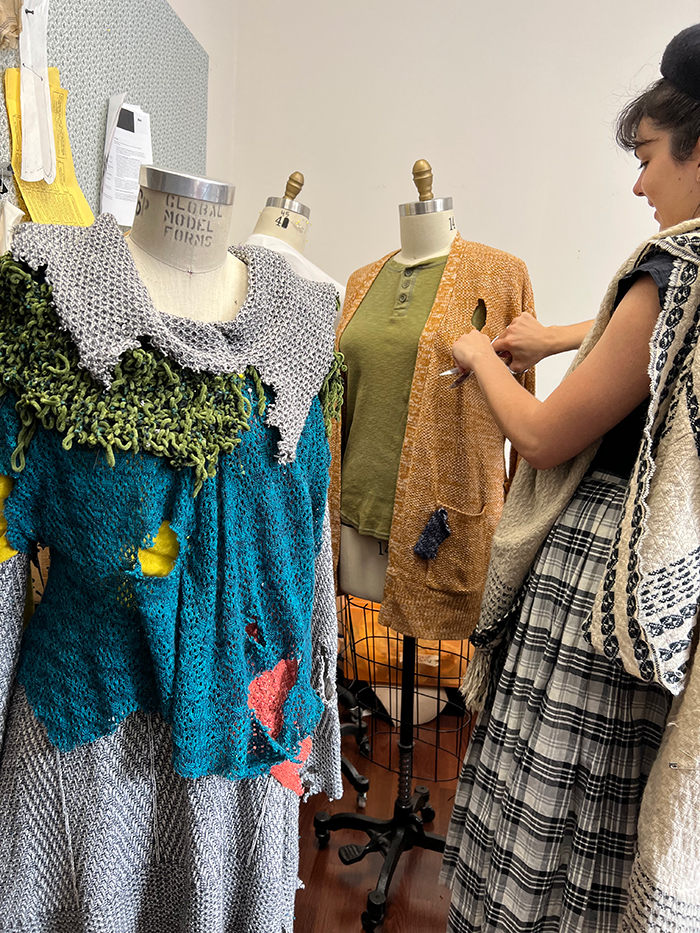
3) Each character in A CHRISTMAS CAROL has a distinct personality. How did you go about visualizing and creating costumes that not only capture the essence of the characters but also contribute to the overall visual storytelling?
My assistants, Molly Belle and Brandon Alston, and I spent a lot of time looking into the story and representations of the characters over time. We looked into different interpretations and presentations of the story and talked about the character’s individual wants, needs, beliefs and views of the world they were in. We gathered images to reflect those ideas and their individual personalities first which were primarily abstract in nature and then moved toward research for the actual clothing. Knowing that conceptually we wanted a show full of color, we took great inspiration from children’s books and illustrations for the bold lines and colors we ultimately landed on. Throughout the design process we continually checked in with the development of the scenery, lighting and sound ideas to make sure that we were all headed in a unified direction to create the visuals that supported the directorial concept to bring that to life in the best way possible while supporting the story and characters.
4) Given the period setting of A CHRISTMAS CAROL, how did you balance historical accuracy with creative interpretation in designing the costumes? Were there any contemporary influences that inspired your designs?
As a designer, one of the things I find challenging but extremely fun conceptually is looking at historical research and infusing it with contemporary influences to present something that feels period but is seen in a new way. There were a lot of contemporary influences in color and pattern and the way people combine things in fashion today that you might not think should go together…even my 8 year old was an influence in the way he puts colors together and mixes and matches sets of clothing to express himself. Through the historical research though we actually found many examples of bright clothing, bold patterns and details we were not expecting. We gathered and collaged image boards with all these influences that we then posted around us so as we drew out the individual character designs they continued to inspire ideas.

5) Collaboration is key in the production process. Can you share insights into how you collaborated with the director and other members of the creative team to ensure that the costumes align with the overall vision for the production?
Collaboration is one of the main reasons I love designing. I was lucky to have Molly and Brandon working in the design studio with me preparing for this design for several months last summer prior to the work in the shops being started. During that time the director and creative team would meet through zoom and sometimes in person to share and present new ideas and these meetings were so important to the process. Hearing someone else talk about the concept or a lighting idea that then inspires something else in the costumes or set is what it is all about. It is the fun part! Julian worked very closely with us to understand each actor’s track and exactly what was needed moment to moment to achieve the overall vision. We all kept each other updated through online folders as well so that in the times between meetings we could still collaborate and stay on top of new developments. I really value the meeting times and sharing ideas…that is how we manage to make everything come together when we get to the technical rehearsals where everything is finally in the same place on stage together, months and months of work in different areas and then it comes together…it is a lot of hard work but it is also magical.
6) Do you have any favorite costumes or specific design elements in A CHRISTMAS CAROL that you are particularly proud of or that hold a special significance? What makes them stand out?
Oh that is tough…it is hard to pick a favorite. I had a lot of fun with the ghosts! I think the Ghost of Future stands out since it is not the more typical black figure but instead is layers and layers of white, grey, silver and icey blue tattered fabrics reflecting the cold and sadness of Scrooge’s potential future. I also especially love the homeless…I guess that might seem funny as you don’t see much of their costumes but if you did you would find that they are made from piles of reused and thrifted colorful sweaters cut up, distressed and layered in various ways creating a lot of texture and interest. Molly and I had a great time creating those. The stripes on Scrooge’s servants too…oh and the whole Cratchit family….they were so unique and exciting to create with their layers and patterns and colors. Hmmm….I don’t know, it was a rewarding and immensely creative process having the opportunity to work closely with my assistants and create such a colorful, newly imagined version of this story with Julian and the creative team!

7) Looking ahead, are there any upcoming projects or styles of costume design you are excited to explore in your future work?
Well, I am currently in the process of designing Die Fledermaus as part of the CofC Stages season in collaboration with the Opera Program at the College of Charleston and I think the concept for that production is allowing the team to play a lot with style and color especially for the Act II party, so I am looking forward to where that leads. A great thing about designing costumes is that every production offers a new challenge in storytelling, distinct research, different collaborators and lots to explore, so the excitement keeps going.
Get your tickets to see A CHRISTMAS CAROL, running December 1st – December 22nd, at CharlestonStage.com.
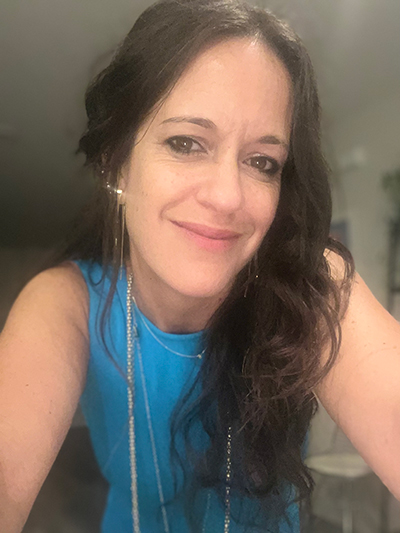
Janine McCabe is the Chair and Costume Design Professor for the Department of Theatre & Dance at the College of Charleston where she regularly designs and mentors student costume designers for the department’s CofC Stages season, for which she also serves as Artistic Director. Recent designs for CofC Stages include VIOLET and THE MAGIC FLUTE. Janine’s work at Charleston Stage includes designs for CURIOUS INCIDENT OF THE DOG IN THE NIGHT-TIME, PETER AND THE STARCATCHER, WHITE CHRISTMAS, THE UNDERPANTS and SHERLOCK HOLMES-THE FINAL ADVENTURE. She also serves as resident designer for PURE Theatre where designs include MLIMA’S TALE, HONORIA QUIETLY DRAWING STRENGTH FROM HER TRUTH, BEN BUTLER, THE ABSOLUTE BRIGHTNESS OF LEONARD PELKEY, THE CHILDREN, THE LIFESPAN OF A FACT, LAST RITES, SMALL MOUTH SOUNDS, THIS RANDOM WORLD, FUN HOME, THE ROYALE, THE (CURIOUS CASE OF THE) WATSON INTELLIGENCE, A SUDDEN SPONTANEOUS EVENT, MARIE ANTOINETTE, and more. Regional Costume Design credits include productions at Flat Rock Playhouse NC, Fringe NYC, Barrow Group NYC, and Trustus Theatre SC. Broadway Assistant Costume Design credits include: THE WEDDING SINGER, WONDERFUL TOWN, THOROUGHLY MODERN MILLIE, THE LOOK OF LOVE, A YEAR WITH FROG AND TOAD, KISS ME KATE. Other local designs include SALT IN THE SOIL and HOVER (Annex Dance Company), THE TRAGEDY OF CARMEN and DON GIOVANNI (Charleston Opera Theatre), the world premiere of LOVE AND SOUTHERN DISCOMFORT at the Charleston Music Hall, and most recently, the world premiere of DANIEL AND THE KINGS at the North Charleston Performing Arts Center.


